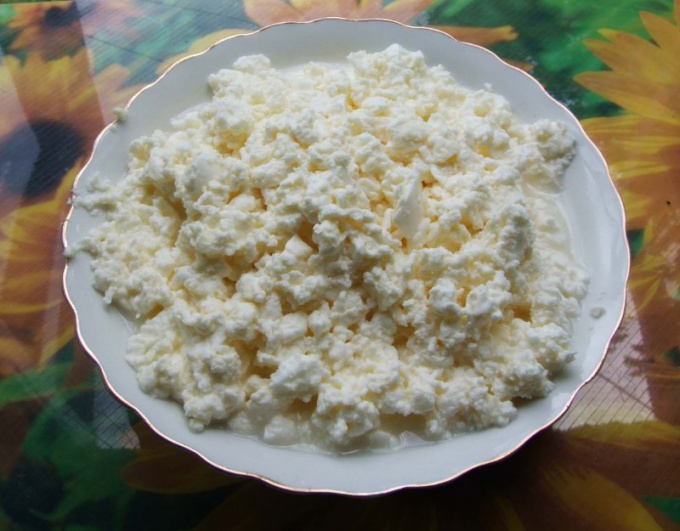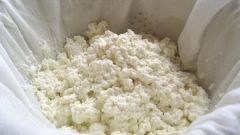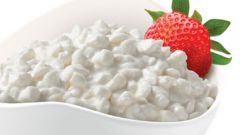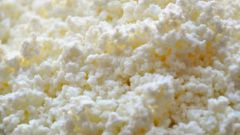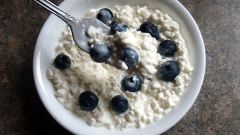Instruction
1
The basis for the preparation of cottage cheese is natural, cow's milk, in any case not pasteurized. Three litres of milk you will get approximately 1 kg of cheese, i.e. a ratio of three to one. For the first time, you can experiment with a liter of milk, not to regret the product in case of failure.
2
Leave milk at room temperature, it should turn sour. When the Bank came the thick white clumps, you can start making cheese. For this condition of milk on average, it takes about two days.
3
Too long kenosee milk will give too sour curd. With experience you will know when to stop the process and start cooking.
4
Slowly pour the soured milk into the pan, not stirring and not shaking it. Put the pan on the smallest fire. Warm the milk until, until you have separated the serum.
5
To prevent boiling and overheating the milk can not. Otherwise, get the "rubber" cheese. After removing the curd from the stove let it cool down.
6
Take a piece of gauze, fold several times and place in a colander. The edges of the cheesecloth must go beyond the colander.
7
The cooled contents of the pan place in a colander. If you want to collect the whey in a separate container to prepare from it a fermented milk drink.
8
Pressing the curd manually, otherwise it will be too dry. Tie the cheesecloth into a knot and hang it. Let the remaining whey drain out naturally.
9
As soon as the whey stops dripping from the gauze, your cheese is ready. Unwrap the cheesecloth and place the curd.
10
Instead of the sour milk you can use buttermilk or yogurt. The only condition: the lack in them of artificial colors and other additives.
11
Store the resulting product in the fridge, as it tends to rapidly deteriorate. Homemade cheese and can make cheese.
